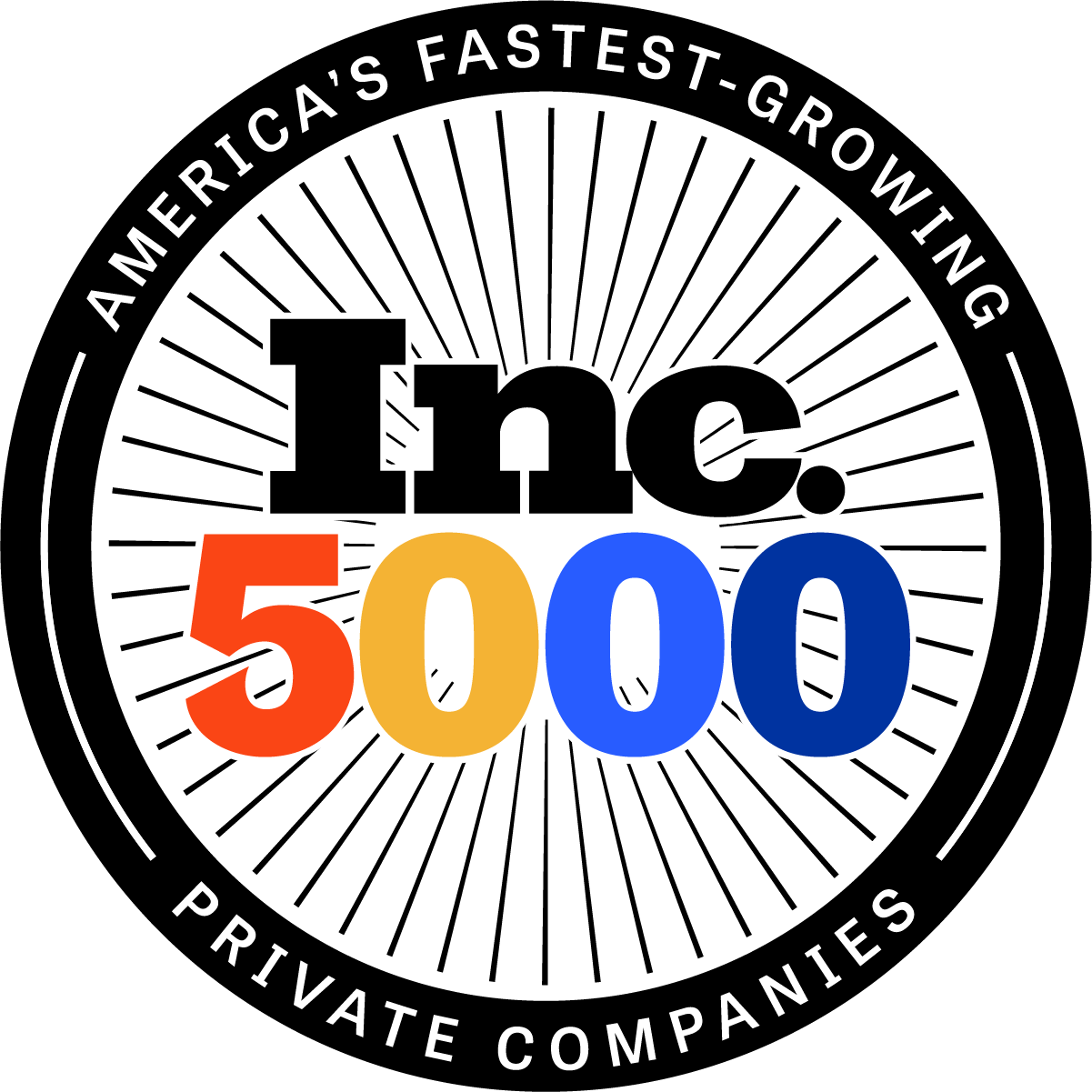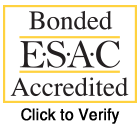In HR, you can measure almost anything—hiring and offboarding rates, benefit and training costs, and employee survey scores, just to name a few. While tracking these HR metrics provides helpful information, their true power lies in how well they inform better people decisions.
In other words, it’s not just about collecting data and tracking HR metrics; it’s about leveraging the right HR KPIs to achieve your strategic business goals.
By leveraging these critical performance indicators, you can boost efficiency, improve your HR return on investment, and attract and retain the talent needed for business growth. Our mission at Aspen HR is to support the growth of your business by enabling you to focus on what moves the needle.
7 HR KPIs You Should be Tracking (and Why They Matter)
Tracking HR KPIs allows you to confidently answer critical questions such as:
- “Does our existing talent support our strategic goals?”
- “Are we efficiently addressing talent gaps at a reasonable cost and within an appropriate timeline?”
- “Is our investment in hiring and developing talent delivering a strong return?”
While there is an extensive list of HR KPIs to consider, you don’t need a large HR team or a suite of HR systems to get the answers. You can begin with Aspen HR’s customizable template, and build a comprehensive overview of your workforce and its impact on business performance and profitability:
Download our free HR KPI Dashboard Template!
As you get started, these are some key HR KPIs to keep on your radar:
1. Time to Hire
According to a 2024 report from Employ, it takes an average of 41 days to fill an open position. How does your organization compare? Can you recruit and onboard quality talent quickly, or do positions remain open so long that it costs you lost productivity, customers, and revenue opportunities? The shorter your time to hire, the lower your recruitment and opportunity costs. Tracking this core HR metric over time not only helps you understand the impact of your recruitment methods but also directly influences overall productivity.
2. Cost per Hire
The cost to hire a new employee can range from $4,700 up to three to four times their salary once you factor in job ad placement, recruitment agency fees, job interviewer time, and new hire training. Monitoring this HR KPI aids in creating a more realistic budget for talent acquisition; it also reveals whether you’re overspending on quality hires or if prolonged hiring processes are affecting productivity. By collaborating with your PEO partner, you can identify and implement more cost-effective hiring strategies and track their impact.
3. Employee Referral Rate
Studies have shown that using employee referrals to fill open positions can significantly reduce the cost and time to hire, and increase employee retention rates. Also, referrals often yield candidates who are a better fit because they have interacted with current employees who can speak directly about your company and culture. Tracking this HR KPI can improve your time-to-hire and cost-per-hire metrics and help build a strong and cohesive work culture.
4. Employee Turnover Rate
While there’s no definitive ideal turnover rate, measuring the percentage of employees who leave—voluntarily and involuntarily—over a specific period helps you understand not just who is leaving, but why. For example, if turnover metrics indicate that voluntary turnover is consistently high or has suddenly increased, you can investigate potential causes such as job satisfaction, company culture, or manager-employee relations. Once identified, you can take targeted actions to address these root causes.
5. Employee Performance
Of course, the goal is to have as many employees as possible performing at or above expectations, but that’s not always the case. This HR KPI is essential because it measures the percentage of employees achieving their goals, which directly impacts your ability to achieve broader company objectives. Regularly monitoring this metric can also provide insights into which employees need performance improvement plans, where there has been progress (or not), and which employees are ready for promotion and other forms of recognition.
6. Employee Engagement
Gallup research has found that more engaged employees are associated with higher productivity and profitability and lower turnover and absenteeism. This reality makes employee engagement a valuable lever for improving overall business success. You can use several methods to track your employee engagement KPI, including annual engagement surveys, informal opinion polls, employee Net Promoter Score (eNPS) surveys, and employee ratings on sites like Glassdoor. The feedback will help you understand how well you create an environment where people want to stay and do their best work.
7. Training and Development Cost per Employee
Investing in employee development leads to a skilled and motivated workforce, but it demands significant time and financial resources to achieve this outcome. According to Training magazine’s latest report, small and medium-sized companies spent an average of $739-1,047 per employee on training in 2024.
Whether you offer classroom training, executive coaching, or development programs for high-potential employees, it’s crucial to see a return on this investment through improved business performance and profitability. If these outcomes align with your training and development efforts, you’re on the right track. If not, it’s time to reassess the effectiveness of your internal training and development activities. Partnering with your PEO can be a cost-effective way to identify training needs and provide the necessary training for managers and employees.
Unlock Business Growth with Strategic HR Metrics
When leveraged effectively, HR KPIs go beyond measurement and analysis; they become your talent management superpower. These metrics track company talent trends over time, and they offer actionable insights for smarter decisions in recruiting, developing, and retaining employees—all crucial elements for achieving your strategic business goals.
Contact us to learn how Aspen HR’s white-glove PEO services can help you track HR KPIs and drive breakthrough growth for your business.





